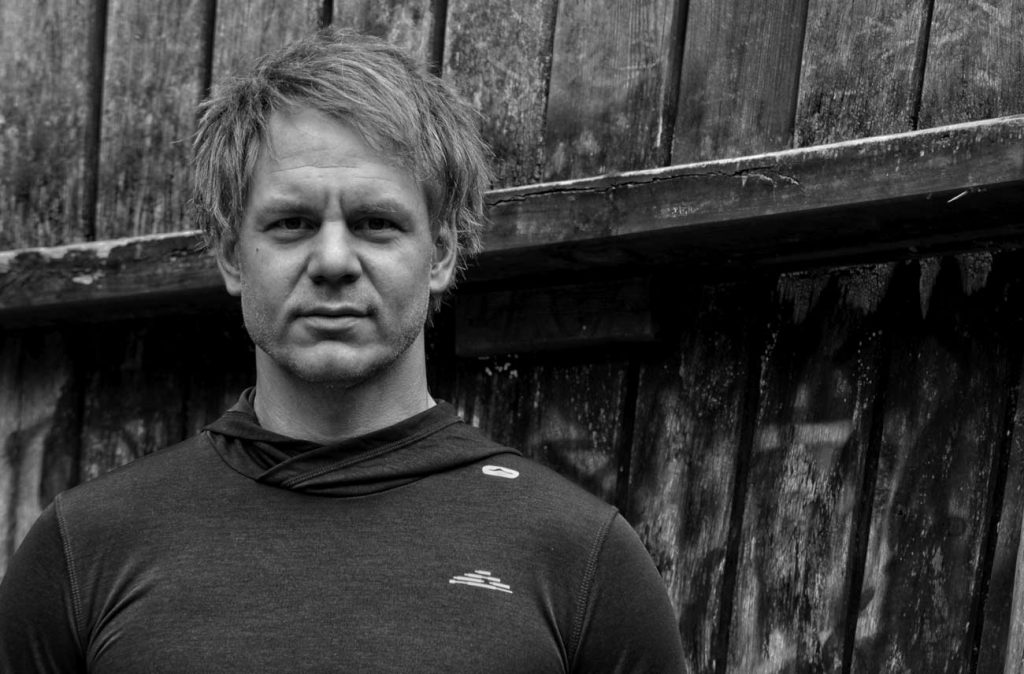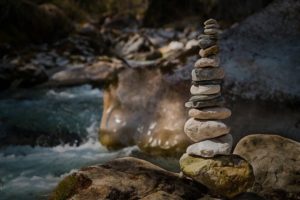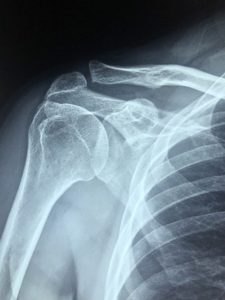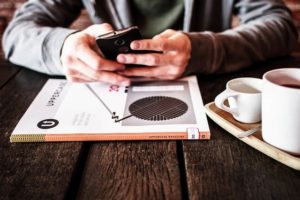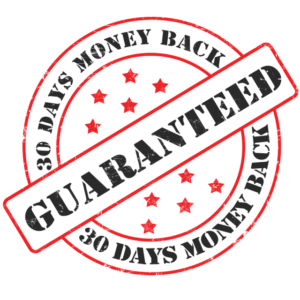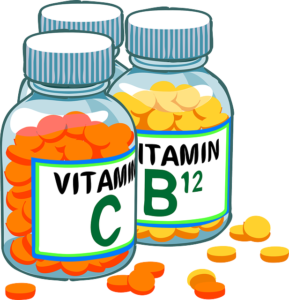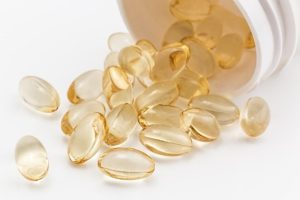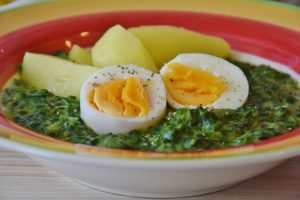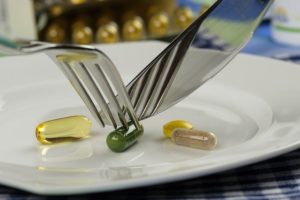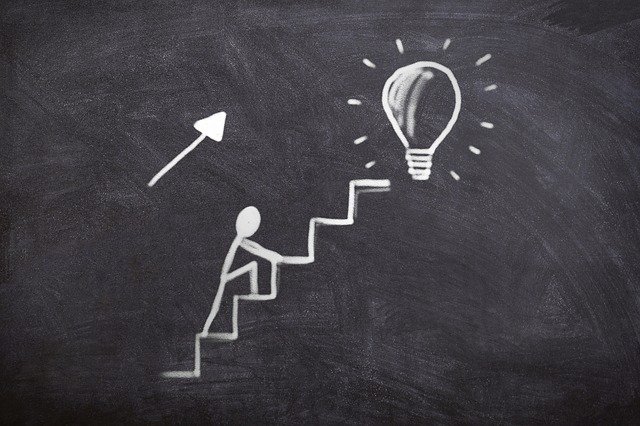The pain relieving expert recommends: “Schisandra” – a strong adaptogen which reduces hyperactivity and stimulates underactivity.
In China, “Schisandra chinensis”, the Chinese berry, has been used for thousands of years for love power and vitality as well as for alleviation and healing of various ailments. The oldest Chinese compendium of medicinal herbs, the “Materia Medica” of Shen Nung (around 2600 BC) reports that if consumed regularly, the fruit gives a long, healthy life without signs of aging and an increase in the life energy Qi.
“Schisandra” is native to China, Japan and Korea and has a very special taste: sweet, sour, slightly salty, bitter and hot. In China the berry is also called “Wu Wei Zi” (fruit of the five elements). In Traditional Chinese Medicine (TCM), each flavour corresponds to one element and has its own healing effect. The most outstanding characteristic of the Schisandra berry is its adaptogenic effect. It is both stimulating and calming.
This is not a contradiction: As an adaptogen, “Schisandra” ensures that too much of anything in the body is regulated down. Too little in the body is regulated up. The berry has various properties that, among other things, increase seed production and increase blood supply to the genitals in both men and women.
A study carried out with athletes in 1999 showed that “Schisandra” increases nitrogen and cortisol in the blood plasma and leads to better performance. Potency drugs such as “Viagra” work on this basis: they inhibit the breakdown of nitrogen so that it is available for longer. “Schisandra” also relieves fatigue, exhaustion and fibromyalgia, helps with sleep disorders and increases physical stamina. Positive effects on mental fitness have also been proven by studies. The fruit increases the ability to concentrate, mental coordination and stamina. It protects the liver and can be helpful in the treatment of hepatitis, as has been shown in more than 500 cases. It has also been shown to have antioxidant properties.
The Chinese berry has been shown to be effective against respiratory problems, coughing and asthma, hay fever, normalising blood sugar levels (type 2 diabetes mellitus), poor vision and hearing.
“Schisandra” has a large number of active ingredients: Lignans (Schisandrin ![]() , which has a particularly antioxidant effect, gomisans, (Schisandrol A) and triterpenes are considered to be active ingredients. Vitamin C and E and essential oils have also been proven. A study has identified 39 active ingredients (Lu & Chen, 2008). The discovery of new active substances is still ongoing.
, which has a particularly antioxidant effect, gomisans, (Schisandrol A) and triterpenes are considered to be active ingredients. Vitamin C and E and essential oils have also been proven. A study has identified 39 active ingredients (Lu & Chen, 2008). The discovery of new active substances is still ongoing.
The large number of active ingredients and their diversity are a key to the adaptogenic power of the medicinal plant and its diverse uses. Not the berries are used, but also the dried leaves. Besides Schisandra capsules there is also Schisandra oil. The dried berries can be used to make an alcoholic extract or tea, which has to be steeped for about 20 minutes.
Whats our opinion?
Useful?
Let me know.
Matti


